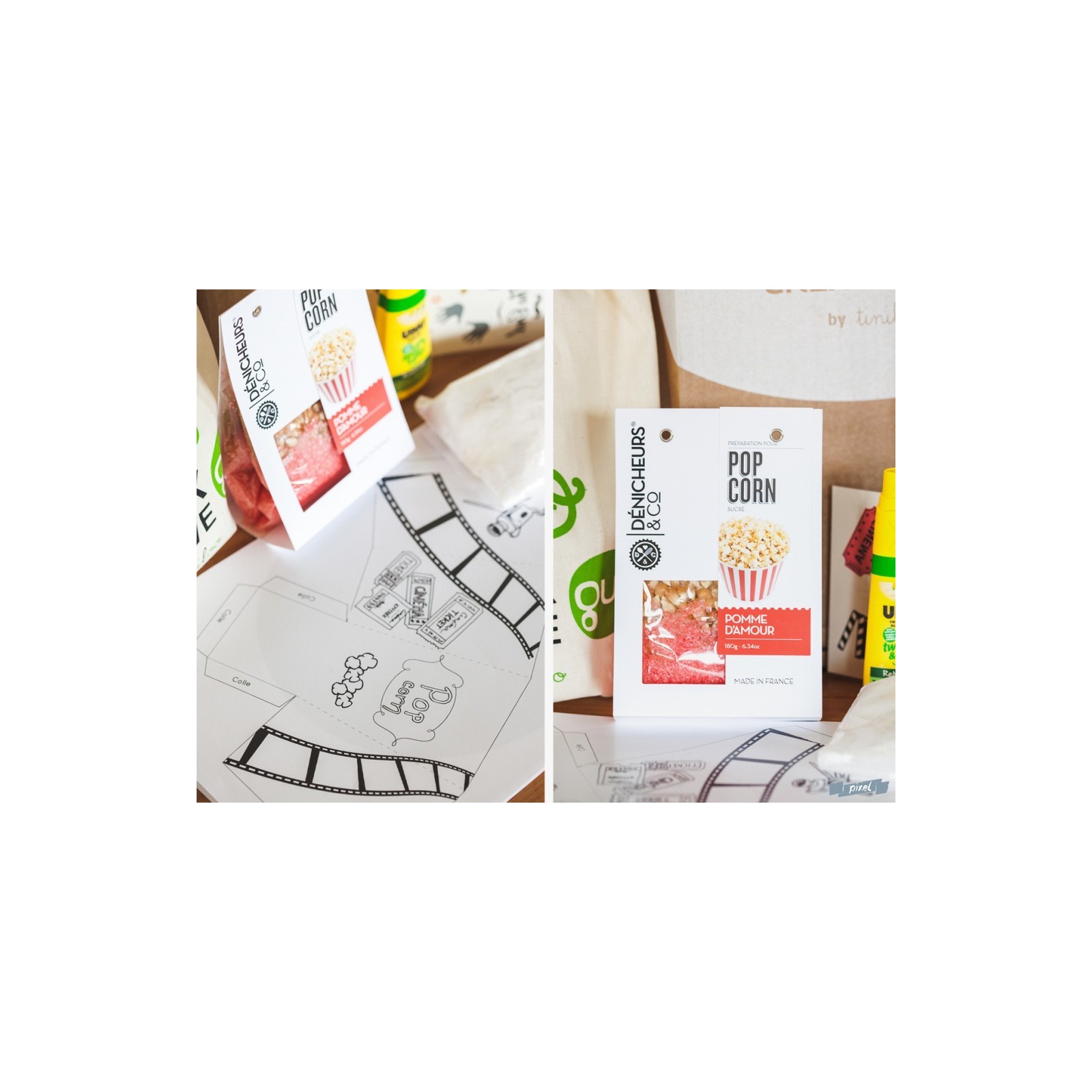

One popular snack, popcorn, is known for being a healthy, whole grain alternative to other snacks such as potato chips.Īccording to the 2015–2020 Dietary Guidelines for Americans, at least half (about 3 oz) of one’s daily total grain intake should be whole grains.

In fact, some studies have shown snacking to be positively associated with overall diet quality in adults and with consumption of whole grains. However, while this may be true of most snack foods, some have the potential to offer more to the consumer than just a simple hold over between meals. Snack foods are generally thought negatively by nutritionists in that they usually have a high fat and sugar content. Due to the high levels of bioaccessible polyphenols, popcorn may be a significant source of dietary polyphenol antioxidants. These results indicate that a considerable amount of the bound polyphenols are bioaccessible. Furthermore, the popping process was found not to significantly decrease the antioxidant capacity. On average, nine commercial popcorn samples contain 5.93 ± 0.92 mg/g of total polyphenols after alkaline hydrolysis and 2.66 ± 0.15 mg/g after in vitro digestion as measured by the Folin–Ciocalteu assay. An in vitro digestion study was also performed to predict the phenolic acids’ bioavailability. The polyphenols were found exclusively in the pericarp of the kernel completely bound to the oligosaccharide fiber matrix. The total antioxidant capacity of raw and popped popcorn extract has been quantified using the Folin–Ciocalteu and FRAP assays. Our research has found that commercial popcorn also contains significant amounts of the class of antioxidants known as phenolic acids. Popcorn, one of the most popular snack foods in the world, is known for being a high fiber, healthy food.


 0 kommentar(er)
0 kommentar(er)
